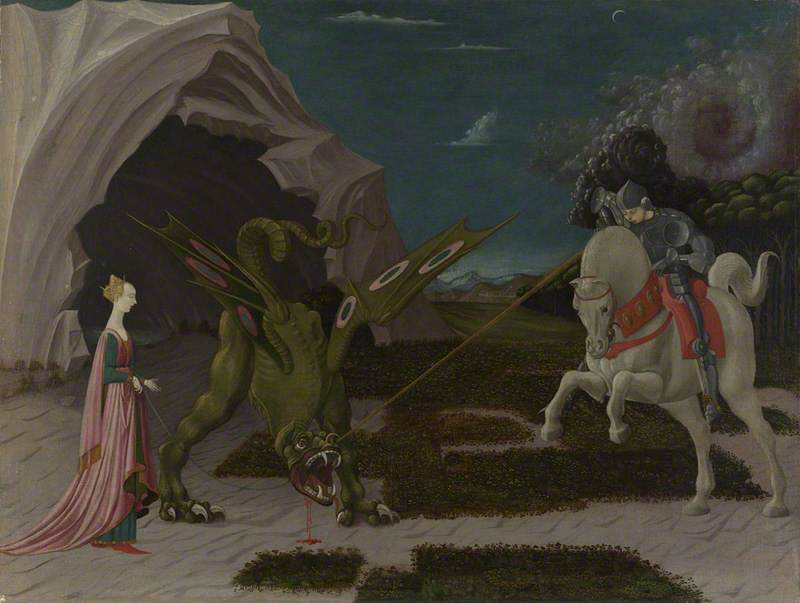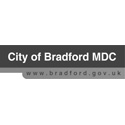
Lewis Harcourt (1863–1922), 1st Viscount Harcourt 1922–1923
Solomon Joseph Solomon (1860–1927)
Museum of London
Solomon Joseph Solomon [commonly known as Solomon J. Soloman] was born in London, England on 16 September 1860. After briefly studying at Heatherley's School of Fine Art in London in 1876-77, he entered the Royal Academy Schools in London in 1877 where he was taught by Frederic Leighton, John Everett Millais, and Lawrence Alma-Tadema. In 1878 he moved to France and attended the École des Beaux-Arts in Paris, studying under Alexandre Cabanel. He also studied for three months at the Akademie der Bildenden Künste in Munich. He then spent a period travelling in the Netherlands, Italy, Spain and Morocco before returning to England in 1880. He then embarked on a career as a painter, primarily of portraits and biblical and mythological subjects. He was also a book and magazine illustrator.
He was a founding member of the New English Art Club (NEAC) in 1886, and was elected an Associate of the Royal Academy (ARA) in 1896; a member of the Royal Institute of Oil Painters (ROI) in 1887; a member of the Royal Society of Portrait Painters (RP) in 1891; a Royal Academician (RA) in 1906; a member of the Royal Academy (RBA) in 1919; and a member of the Society of Graphic Art in 1921. He was elected President of the Royal Society of British Artists (PRBA) in 1919.
Among those whose portraits Solomon painted were George V, Queen Mary, Sir Aston Webb, Field Marshal Earl Haig, Prime Minister Herbert Asquith, Ramsay Macdonald, and the Chief Rabbi.
Solomon illustrated 'For The Temple, a Tale of the Fall of Jerusalem' by G.A. Henty, (London: Blackie & Son, 1887) and 'The Long Night' by Stanley J. Weyman (New York, NY: McClure, Phillips & Co., 1903). He also contributed illustrations to Black and White, Woman's Home Companion, and The Graphic. He was the author of 'The Practice of Oil Painting and of Drawing' (London: Seeley and Co., 1911).
Solomon painted two notable murals, 'Charles I demanding the Five Members at the Guildhall, 1641–42' (1897) for the Royal Exchange in London; and 'The Commons Petitioning Queen Elizabeth to Marry' (1911), for the Houses of Parliament. He designed a stained glass window for the Hampstead Synagogue. He was President of the Ben Uri Art Society from 1924 to 1926.
During World War One Solomon served with the Royal Engineers and was assigned to the Camouflage Unit based in Leamington Spa, Warwickshire where he pioneered new methods of camouflage technique. Following the war, he wrote an influential book on the subject, 'Strategic Camouflage' (London: John Murray, 1920).
For most of his career Solomon lived in London. He died at his country home, White Cliffe, Birchington-on-Sea, Kent, on 27 July 1927.
Text source: Arts + Architecture Profiles from Art History Research net (AHRnet) https://www.arthistoryresearch.net/





















